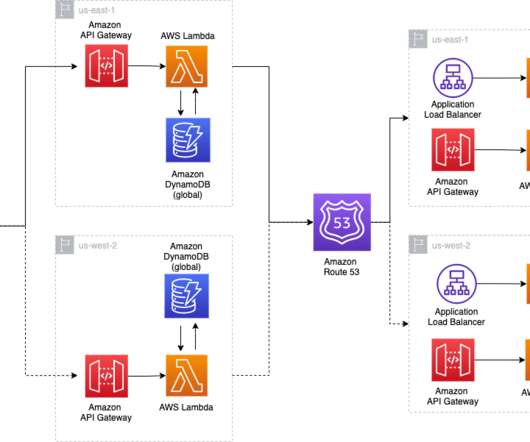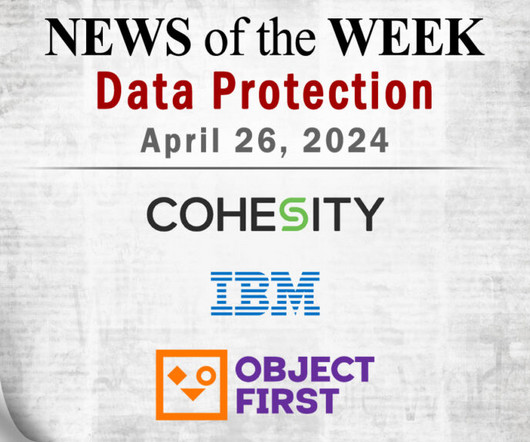The Mechanics of Effective Crisis Management: Navigating Challenges with Precision
Bernstein Crisis Management
SEPTEMBER 5, 2023
Understanding Crisis Management: A Methodical Approach At its core, crisis management is a methodical approach to preventing, addressing, and mitigating impact from disruptions. This analysis dissects what went well and what could be improved, creating a feedback loop that refines crisis strategies for future challenges.



















Let's personalize your content